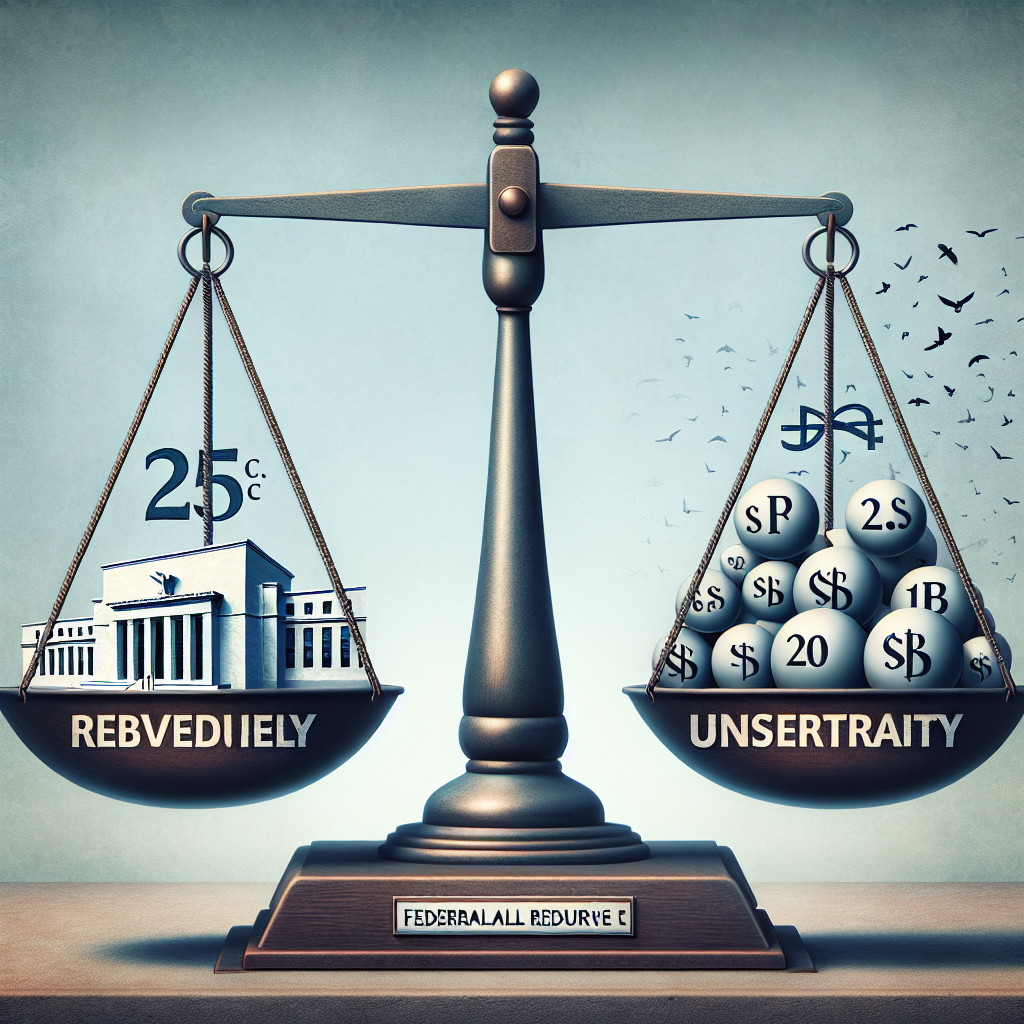Fed Reduces Rates by 25 bps Amid Uncertainty Following Trump’s Win
Fed Reduces Rates by 25 bps Amid Uncertainty Following Trump’s Win
Introduction
In a surprising move, the Federal Reserve has cut interest rates by 25 basis points in response to the economic uncertainty following Donald Trump’s presidential victory. This decision marks a significant shift in monetary policy, aiming to stabilize the financial markets and support economic growth.
Key Reasons for the Rate Cut
- Economic Uncertainty: Trump’s unexpected win has introduced a level of unpredictability in economic policies, prompting the Fed to act preemptively.
- Market Volatility: Financial markets have experienced increased volatility, necessitating measures to ensure stability.
- Support for Growth: The rate cut is intended to encourage borrowing and investment, fostering economic expansion.
Implications of the Rate Cut
- Impact on Borrowers: Lower interest rates are likely to benefit borrowers, making loans more affordable.
- Effect on Savers: Conversely, savers may see reduced returns on their deposits.
- Market Reaction: The rate cut could lead to a positive response in the stock market, as investors anticipate improved economic conditions.
Expert Opinions
Economists and financial analysts have expressed mixed reactions to the Fed’s decision. Some view it as a necessary step to mitigate risks, while others caution against potential long-term inflationary pressures.
Conclusion
The Federal Reserve’s decision to reduce interest rates by 25 basis points highlights the challenges posed by the current economic climate. While the move aims to stabilize markets and promote growth, it also underscores the uncertainty surrounding future economic policies. As the situation unfolds, stakeholders will closely monitor the impact of this policy shift on the broader economy.






